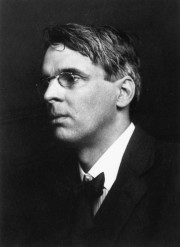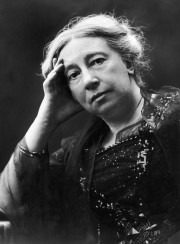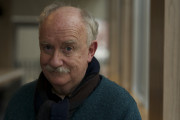A Terrible Beauty
Tuesday 15th March, 10.15pm, RTÉ One
As part of RTÉ’s 1916-2016 season, RTÉ Arts has commissioned a series of programmes that explore the role artists played in reimagining Ireland at the end of the Nineteenth Century and how their work may have influenced the events that led to the 1916 Easter Rising.
In a new authored documentary, A Terrible Beauty: Culture and Revolution in Ireland (Tuesday 15th March, 10.10, RTÉ One) Professor Declan Kiberd looks at the role that artists and writers had in reinventing Ireland in the late Nineteenth Century – and asks whether the Irish Revival really was the spark that ignited the revolutionary flame.
Built around carefully-selected key works from the Irish Revival period, the documentary looks at how a small number of writers, thinkers and activists dreamed up not one, but many, visions for a new, independent Ireland; and examines how those visions would shape the Ireland that was to emerge – and inspire some to take action.
Reflecting in his latter years about his and Lady Augusta Gregory’s play, Kathleen Ni Houlihan, the poet W. B. Yeats wrote:
“Did that play of mine send out
Certain men the English shot?”
The play, first performed in 1902, and starring Maud Gonne as Kathleen, an old woman whose “beautiful green fields” had been taken away from her by strangers, had enflamed nationalist sentiment. Many of the more militant elements of Irish nationalism lauded it as a key turning-point in the move towards a military strike; but others had concerns about its message. One critic asked whether “…such plays should be produced unless one was prepared for people to go out to shoot and be shot.”
Declan Kiberd, and a host of historians and experts, ask the question: did the cultural revival really spark the rebellion of 1916?



